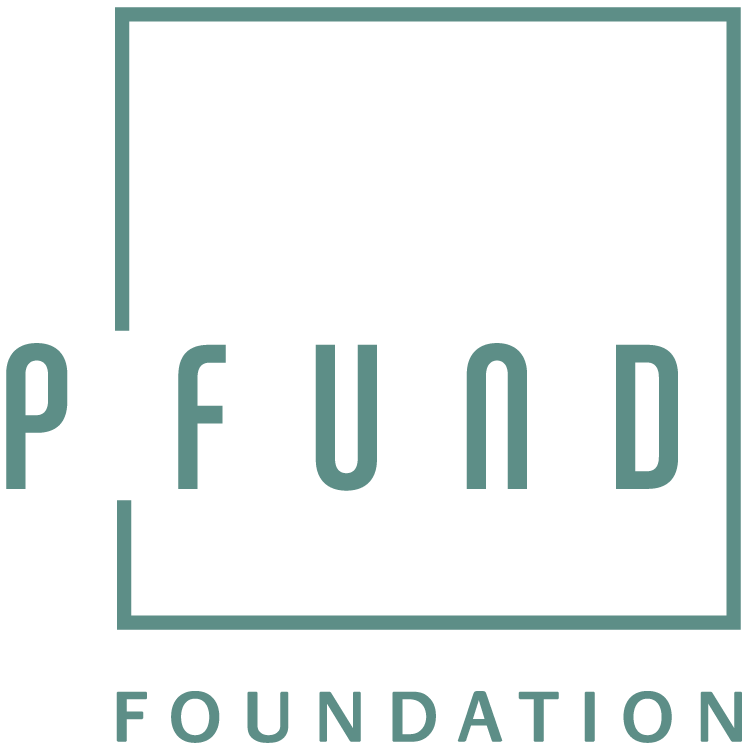August 2023 Covid-19 resources
Even though summer is not quite over yet, we’re already seeing undeniable signs of fall being just around the corner. Between the Minnesota State Fair, back-to-school supplies being out at all the stores, and the very first yellow and red leaves on the trees, it’s clear that sweater season is just around the corner.
With case rates starting to rise again in Minnesota, there are some tools and resources that everyone should use if possible to help prevent the spread of COVID once the cooler weather hits. These include:
Get boosted! The protection offered by COVID-19 vaccines can wane over time, so it’s important to know if you are up to date on your vaccinations. Check out the page on vaccines put together by the Minnesota Department of Health!
Those who are at high risk and develop symptoms that could be COVID-19 should get tested right away. Prescription medication is available to help prevent severe illness, hospitalization, and death. Talk to a health care provider to learn if you qualify for COVID-19 treatment and where to get it. Learn more about COVID-19 medication at COVID-19 Treatments. Dozens of Minnesota pharmacies and federally qualified health centers are participating in the federal Test to Treat program. There, you can take a COVID-19 test and, if positive, be assessed by a provider on-site. If you are eligible for treatment, you can receive and fill a prescription for pills at the same time. The federal government has a Test to Treat locator to help find participating sites. In addition, the State of Minnesota has launched a telehealth test-to-treat app in partnership with Cue Health. For more information on this program visit the Telehealth webpage.
If you haven’t already, get your free at-home COVID-19 tests from the state. This is the final round of free tests they are offering to Minnesota residents, so don’t miss out!
Keep an eye on wastewater loads to see how much of the virus is circulating in your community. The University of Minnesota has a great online tool that tracks viral loads in wastewater across the state.



